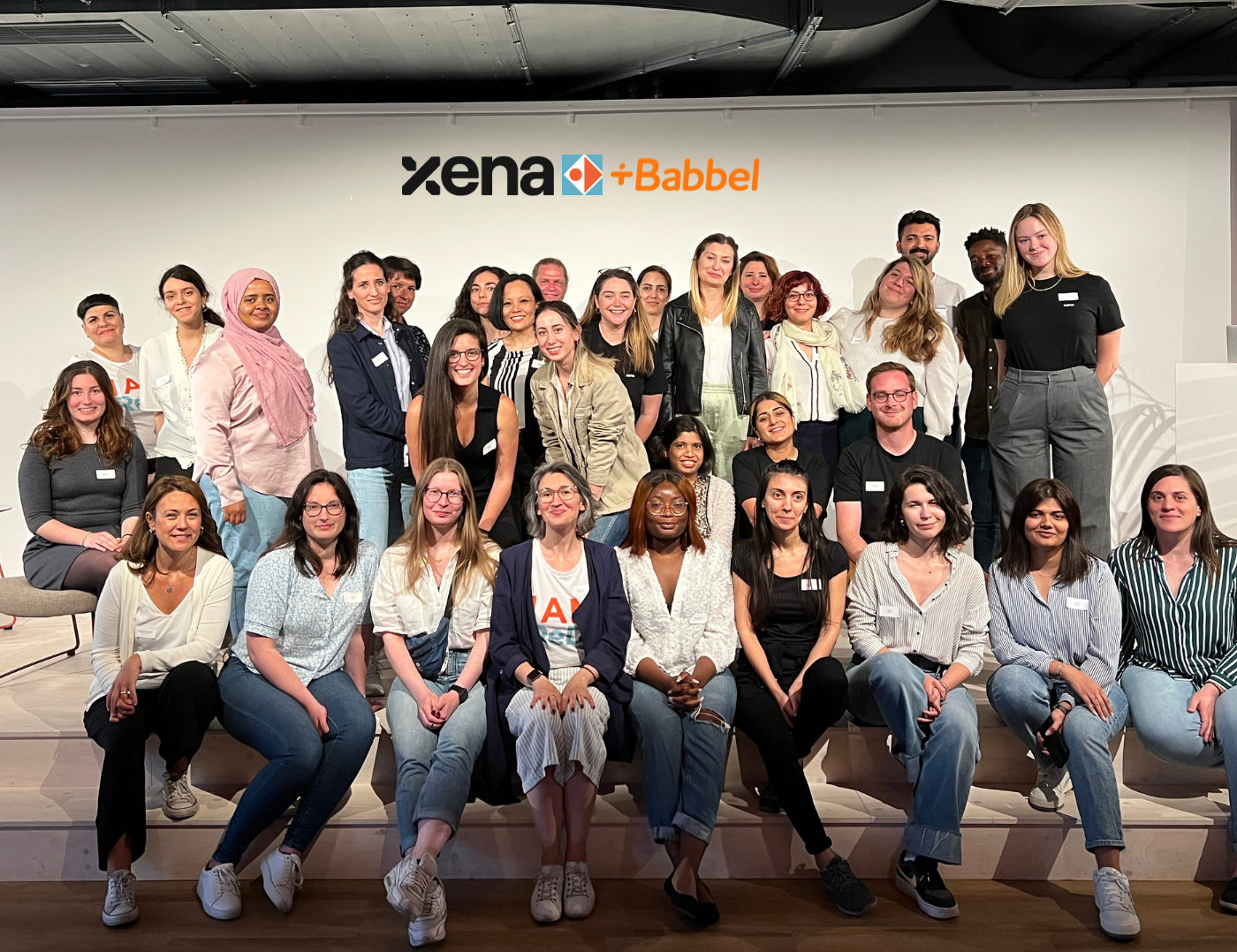4 min read
Opening Doors From Inside
Anna Ott, VP of People at HV Capital shares 10 hacks to make recruitment more inclusive
Xena Tech Summit 2024
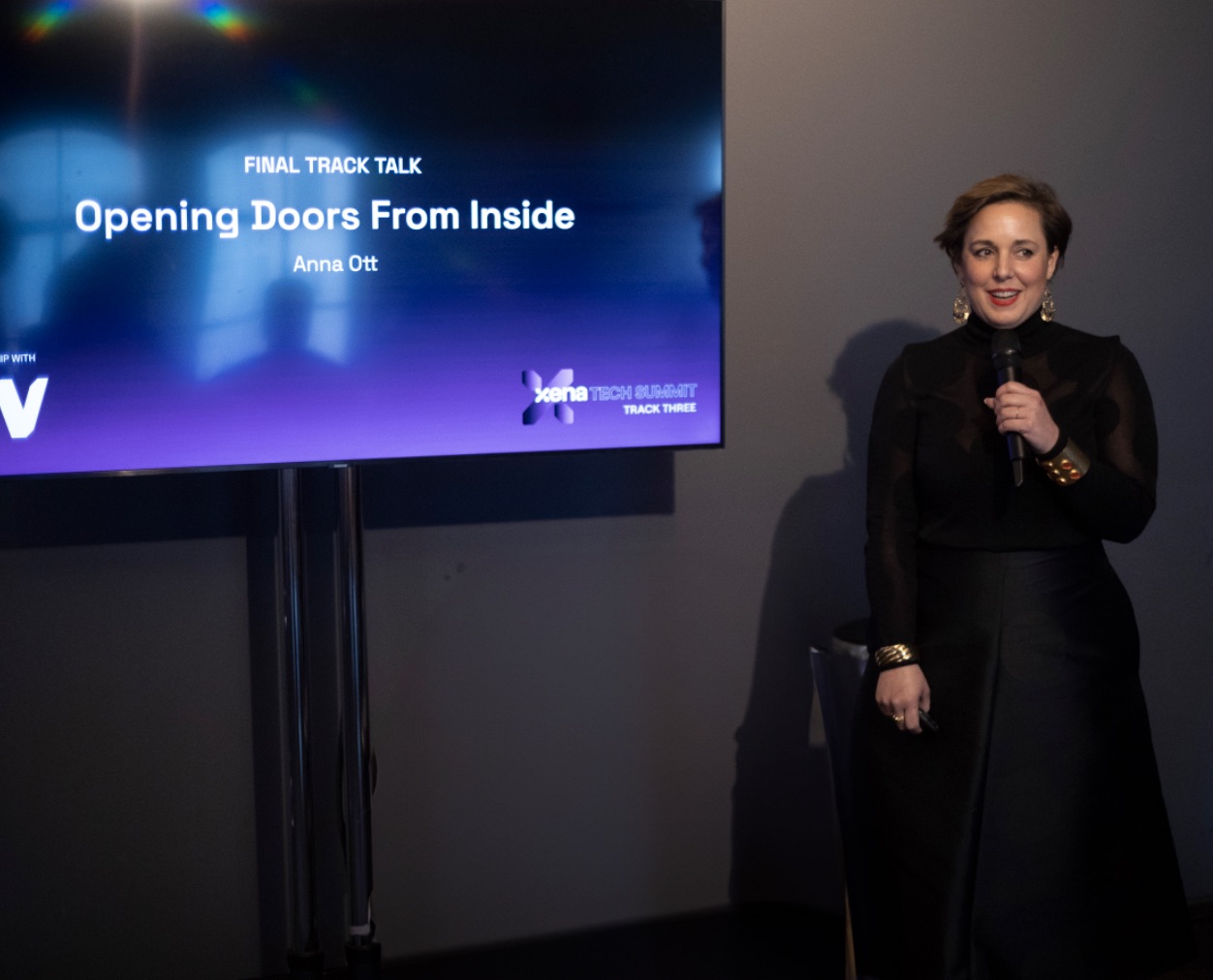
Anna Ott has been working in HR & Tech for almost 24 years, with most of those years dedicated to recruitment efforts within organisations. During the course of Anna’s career, she’s managed to drive change toward inclusive organisations that foster inclusivity across over 100 startups and scaleups in Europe.
When Anna joined HV Capital four years ago, she candidly admitted that neither she nor the firm had a clear understanding of what was expected regarding DEI. However, her subsequent journey has been transformative, and her talk at the Xena Summit 2024 offered a compelling perspective on fostering diversity within the workplace. Anna’s talk took place on our Inclusive Investment & Funding Stage.
Anna’s role at HV Capital involves advising portfolio companies to embrace diversity in their decision-making processes and hiring practices. She emphasised the importance of doing what is right within the firm and striving to have the “credibility to practice what we preach.” Her call to action is clear: for everyone to ‘check their privilege’ and transform their power into a force that empowers others, effectively opening doors from the inside out.

Anna’s 10 Hacks for more inclusive hiring
A highlight of Anna’s talk was her quick tips of how you can foster inclusion within the recruitment process. Ingeniously, Anna and HV Capital transformed many years’ worth of learnings into a set of playing-card-sized decks for easy distribution. The crowd eagerly grabbed these decks after the session, signaling a collective interest in implementing Anna’s strategies for inclusive hiring.
#1 Be a sucker for scorecards
When kicking off a recruitment process make sure you develop a scorcard to wight importance of hiring manager requirements. Be critical of what’s deemed mandatory and make sure you have room to “rethink the bar” to include candidates with the potential to develop their skills. 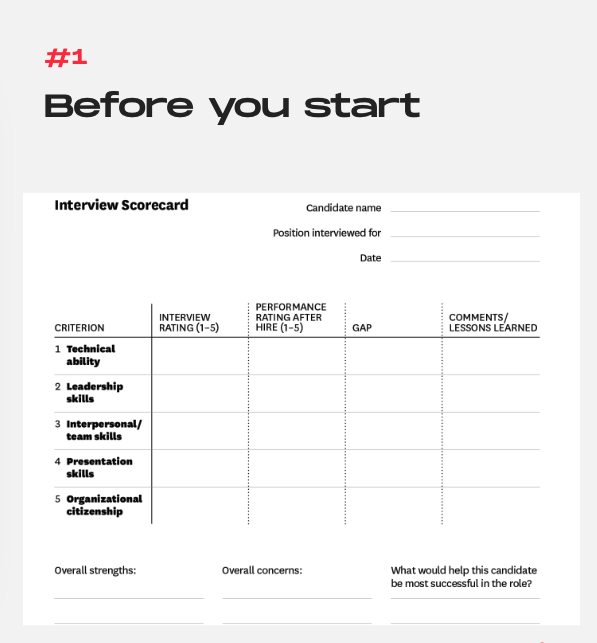 This will ensure interviewers rate candidates fairly against criteria, apple to apple.
This will ensure interviewers rate candidates fairly against criteria, apple to apple.
#2 Share the burden
Collaborating with your DEI team/ Specialist Executive Search or recruitment partners who cast a wider net to attract diverse talent groups. One of Anna’s tips, is to not start with your interview process until you are sure you have a diverse candidate pipeline. Another very important note from Anna, is to ensure you are getting external feedback about your organisation, interview process, and how career opportunties and benefits within your company are viewed or assessed by the underrepresented talent you are hoping to attract.
#3 Enhance how Candidates Apply
Let them show off! Use screening questions in your application forms that aloow candidates to show skills, personality and domain knowledge relevant to the role. Examples can be skill-based questions or sharing opinions about role related topics.
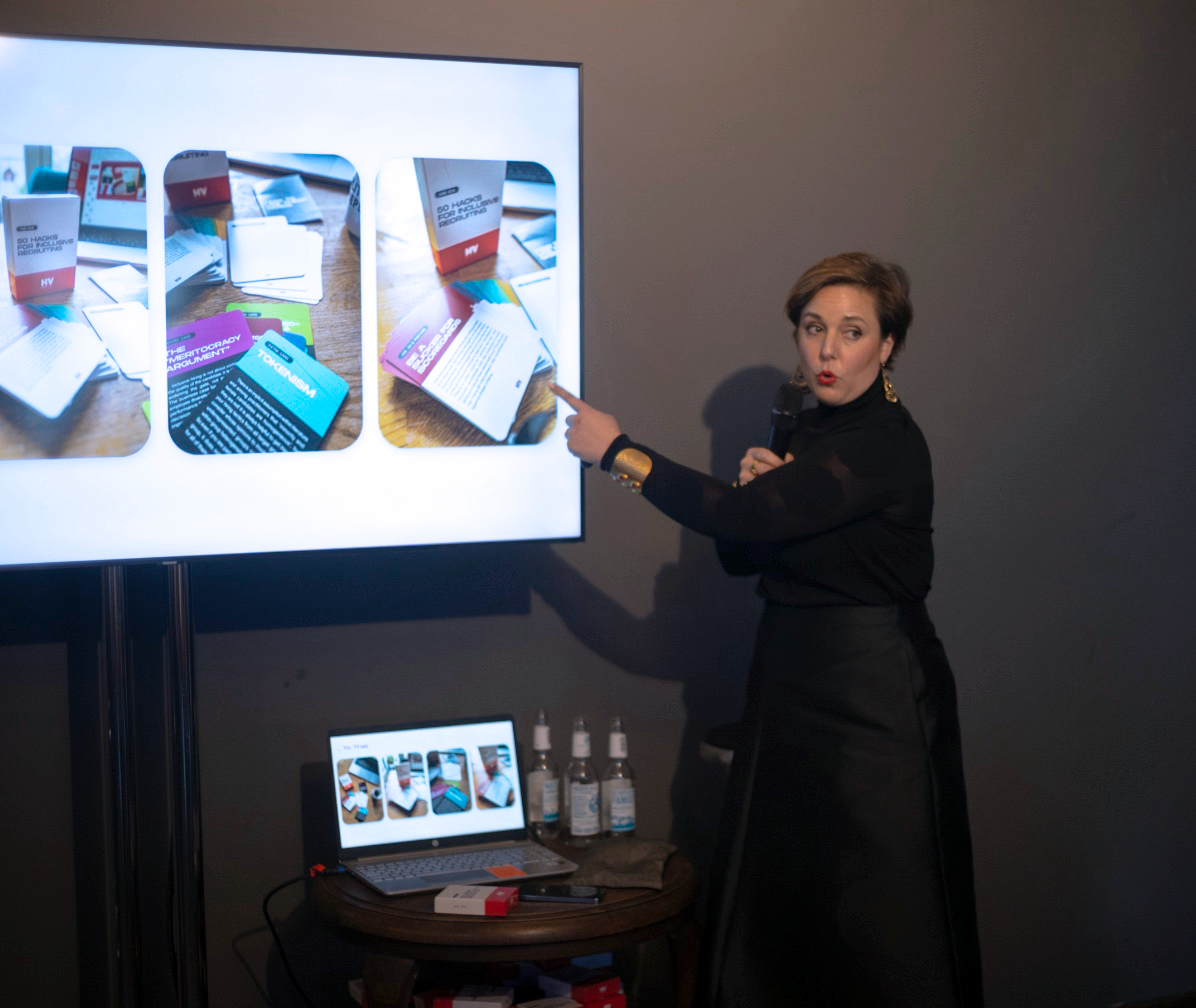
#4 Add factual criteria
During the selection process, make sure you implement computer-based cognitive ability tests, preferably job-related ones to gather objective information about candidates that make it to final stages.
#5 Chinese Walls
Find a way to involve a recruitment admin to ensure assessments or notes are not distributed until all interviews are conducted. Evaluators should submit their assessments right after an interview. During the meeting all scores should be aggregated to discuss finalists.
#6 To like or not to like
It’s pretty difficult to avoid emotions during hiring decision-making. Help your interviewers understand their emotions by letting them give a likeability score to a candidate in order to quantify personal feelings.
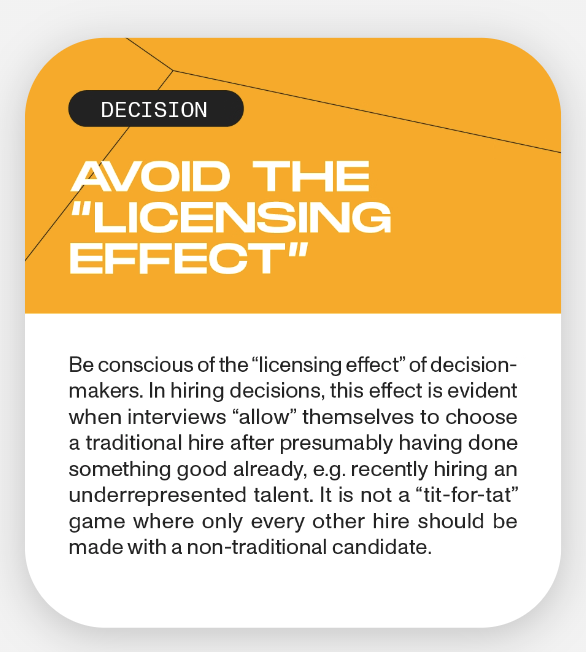
#7 Tit for tat?
Anna suggests avoiding the ‘licensing effect’. In hiring decisions, this effect is evident when interviewers allow themselves to choose a traditional hire after presumably having done something good already. It’s not a “tit-for-tat” game where only every other hire should be made with a non-traditional candidate.
#8 Counter the Hippo effect
This was one of our stand-out hacks for the day. For those unfamiliar with the “HIPPO effect’, “Highest Paid Person’s Opinion” in the room – which sometimes also caters to other authority figures involved. Allow your evaluators the chance to come to their own individual conclusions and take all of these into consideration.
#9 Do it better every time
Follow up with candidates who didn’t accept job offers or withdrew their applications. Make sure you ask about how you could do it better next time round.
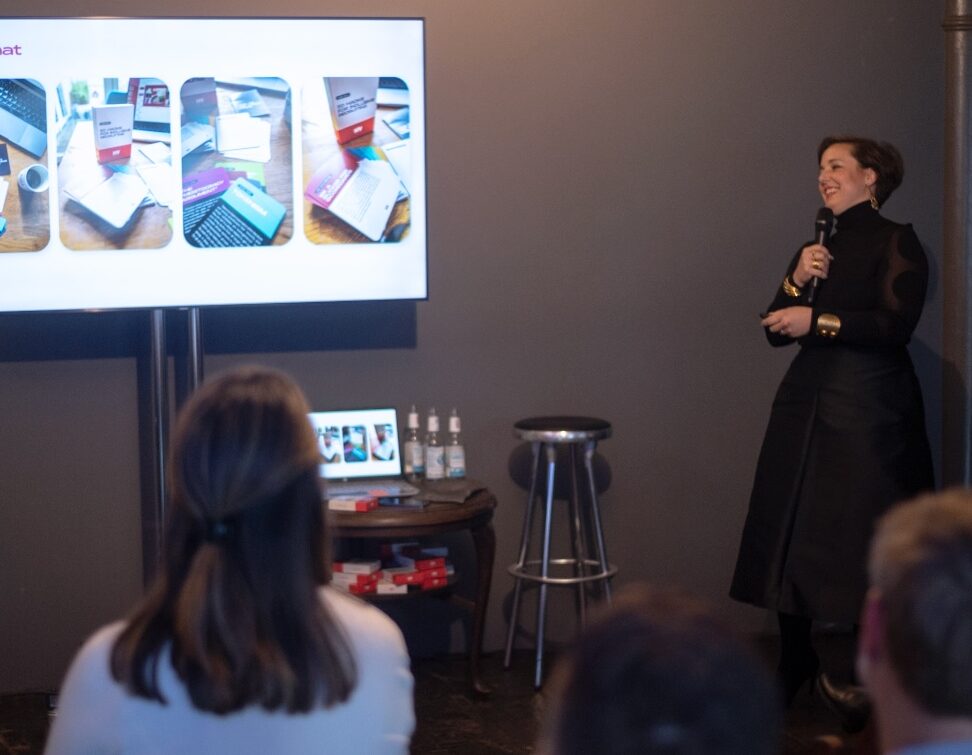
#10 “DEI Policing”
Working on topics like DEI requires the confidence, authority and stamina of those who drive it. Know that people will often see you as the ‘DEI Police’ of the organisation. Don’t let that get you down! Advocating for change means educating people in your teams and having uncomfortable conversations.
Anna’s talk at the Xena Tech Summit challenged conventional thinking by urging individuals to examine and openly admit their biases. One key takeaway from Anna’s speech is her emphasis on feedback as a tool for reflection. She encourages people to consider why others may harbour negative feelings towards them and to actively strive for improvement. Her approach goes beyond rhetoric; it’s a call for introspection and tangible action.
What to get a closer look at the slides Anna used during her talk? Check them out here.


